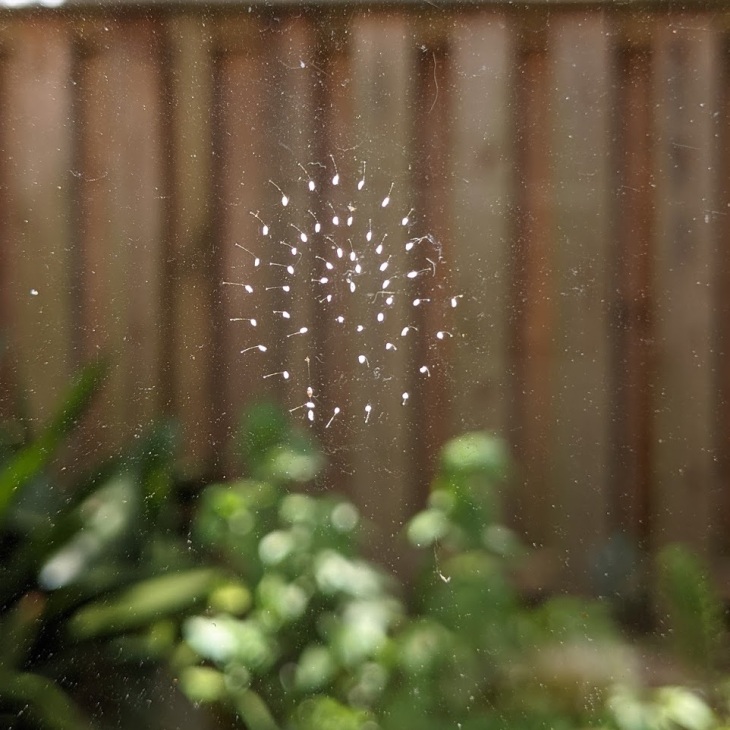
Category: Creepy crawlies
Building a better mosquito trap
I have not tried these yet, I will build a few in the spring and see how they do and report back here. In the meantime, it’s too cool not to post it.
A scientist in Australia has come up with an insecticide-free way to control a particularly pesky species of mosquito.
The approach involves two things: deploying a decidedly low-tech mosquito trap called a GAT and getting to know your neighbors.
GAT stands for Gravid Aedes Trap. Aedes is short for Aedes albopictus, known colloquially as the Asian tiger mosquito, which bites aggressively night and day.
The trap doesn’t look particularly impressive — it’s basically three plastic buckets stacked together. The top and bottom buckets are black. The mosquitoes fly into the trap through a hole in the top bucket, but they seem to have a hard time flying back out through the hole. To make matters worse (for the mosquito) you can dangle a piece of sticky paper inside the top bucket to catch a wayward pest that happens to land there.
Building A Better Mosquito Trap — One Scientist Thinks He’s Done It
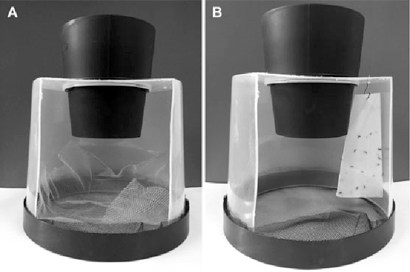 GAT Mosquito Traps Can Be Effective Even without Pesticides
GAT Mosquito Traps Can Be Effective Even without Pesticides
More…
Take Back Our Yards: Using GATs to Control Mosquitoes in Our Town
I looked around a bit and there are trap kits for sale online. There are plastic cups that are all black and plenty of clear plastic containers available on Amazon or Walmart
Sap-sucking bugs manipulate their host plants’ metabolism for their own benefit
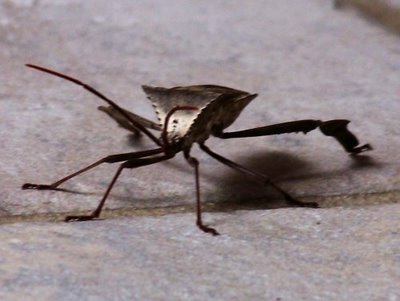
Free-living insects are able to move between and feed from different plants in the wild, unlike their less mobile endophytic counterparts, which spend a large part of their lives in a restricted area of the plant, often inside the tissues. When plants are targeted by bugs that depend on them for food and shelter, they often rely on defence responses that deter their attackers. However, some insects manipulate these mechanisms to counter the plants’ defence and even create a better nutritional environment around feeding sites. Until now, it was believed that only endophytic insects employed this strategy. … more
Invading lizards from Cuba
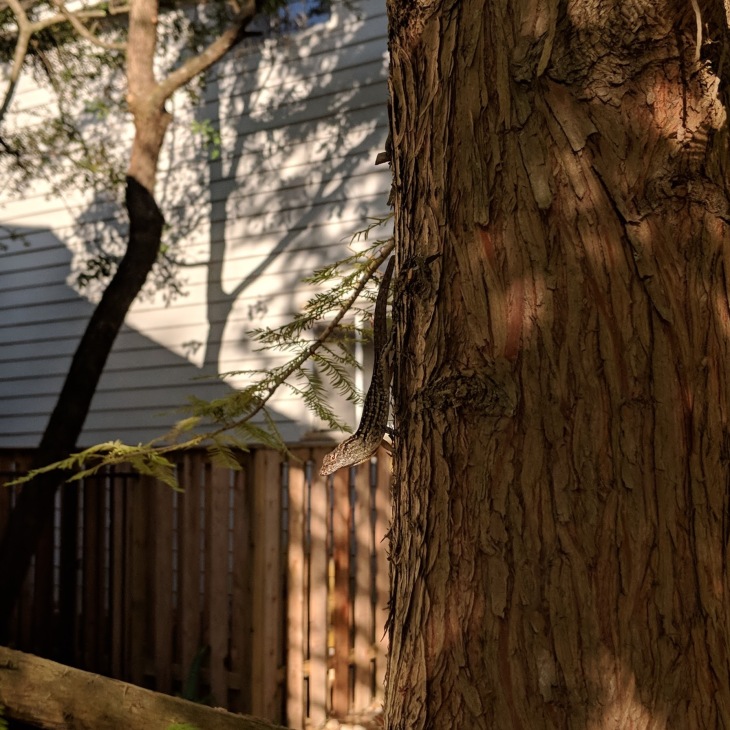
Cuban brown anole have been moving in and pushing the native green anoles out. If you see any take a few minutes to fill out the survey for the SW Center for Herpetological Research (link below)
Houston Arboretum, A new lizard in town
Southwestern Center for Herpetological Research, Survey on sitings of Cuban Brown Anole
The Green Anole, Your Resident Backyard Lizard, Is Being Pushed Out By Its Uglier Cousin
I have a bee colony
Sigh. This wasn’t a planned event. I was fetching a pot and discovered it had been taken over by a honey bee colony. I’m working on finding them a new home.
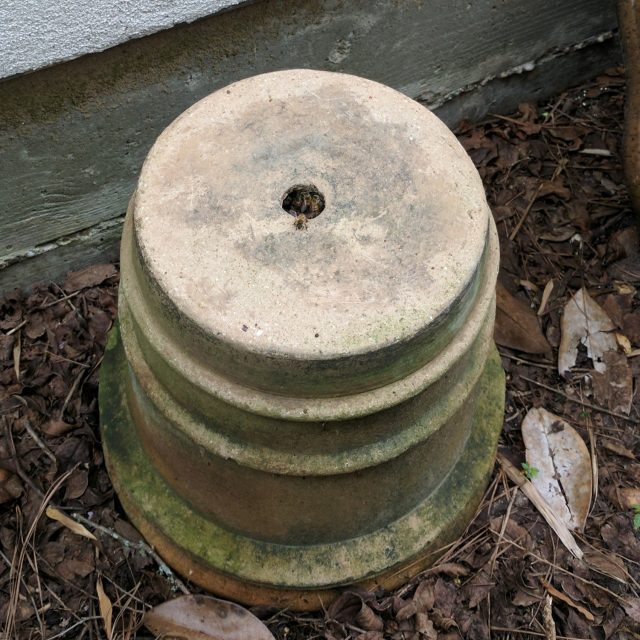
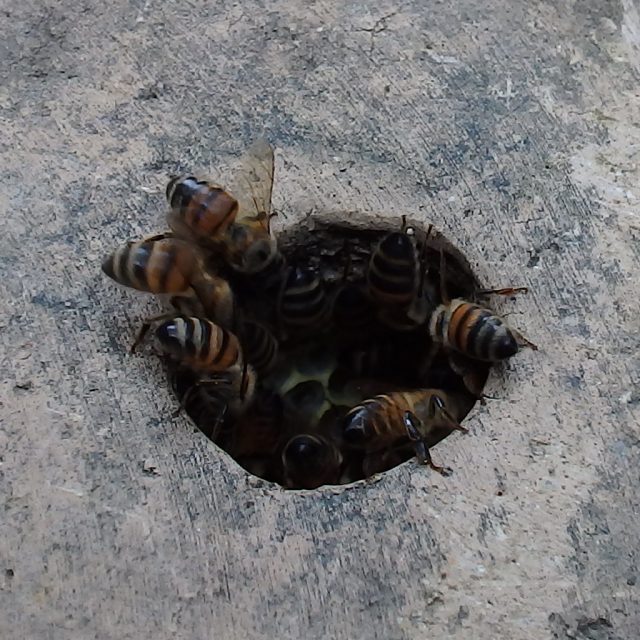
After a bit of digging it is clear that keeping them or relocating them myself is not a good plan. 3BeeGuys.com is coming this afternoon to relocate them.
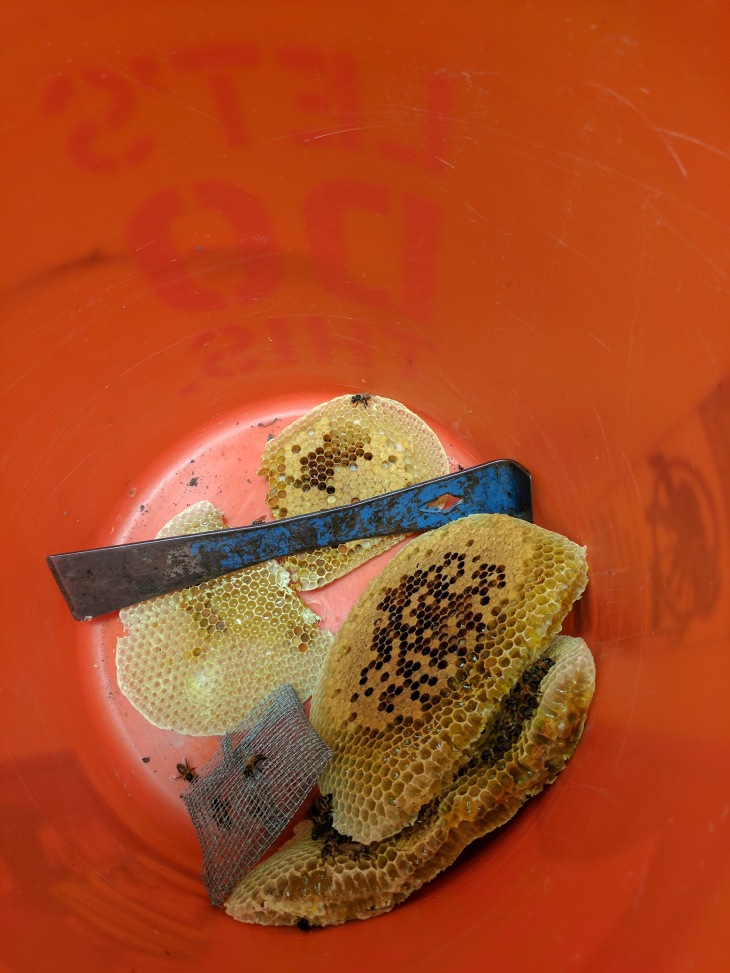
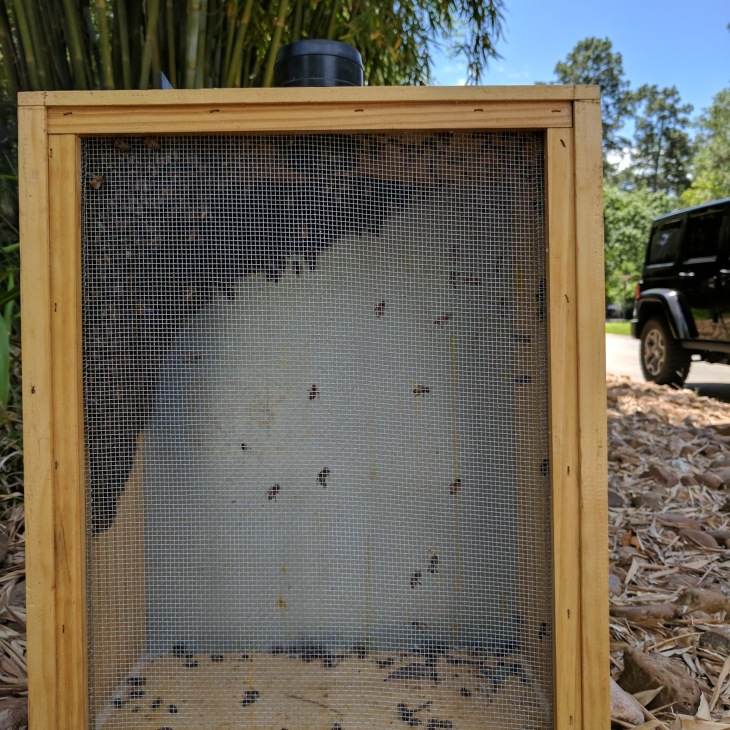
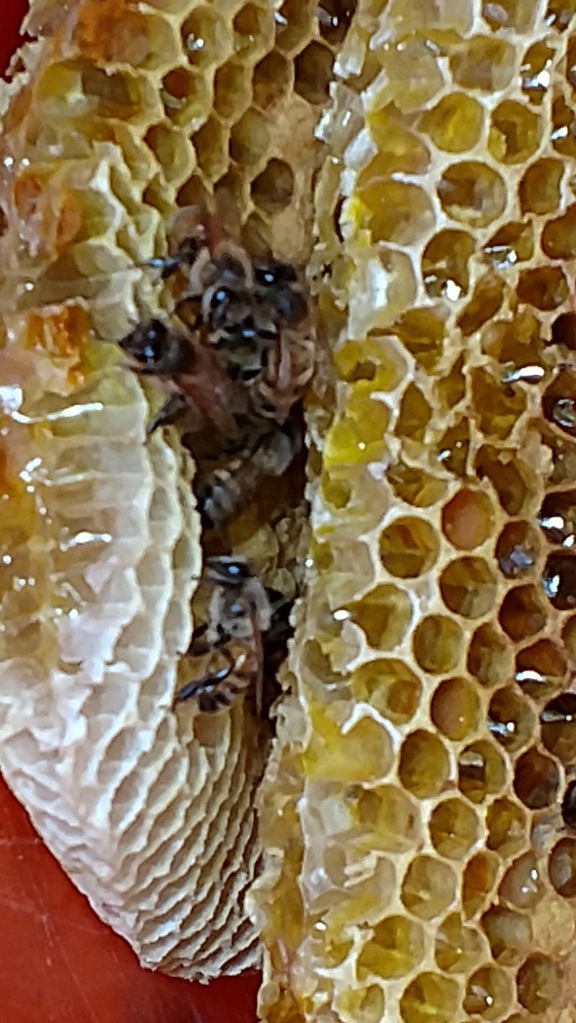

You must be logged in to post a comment.